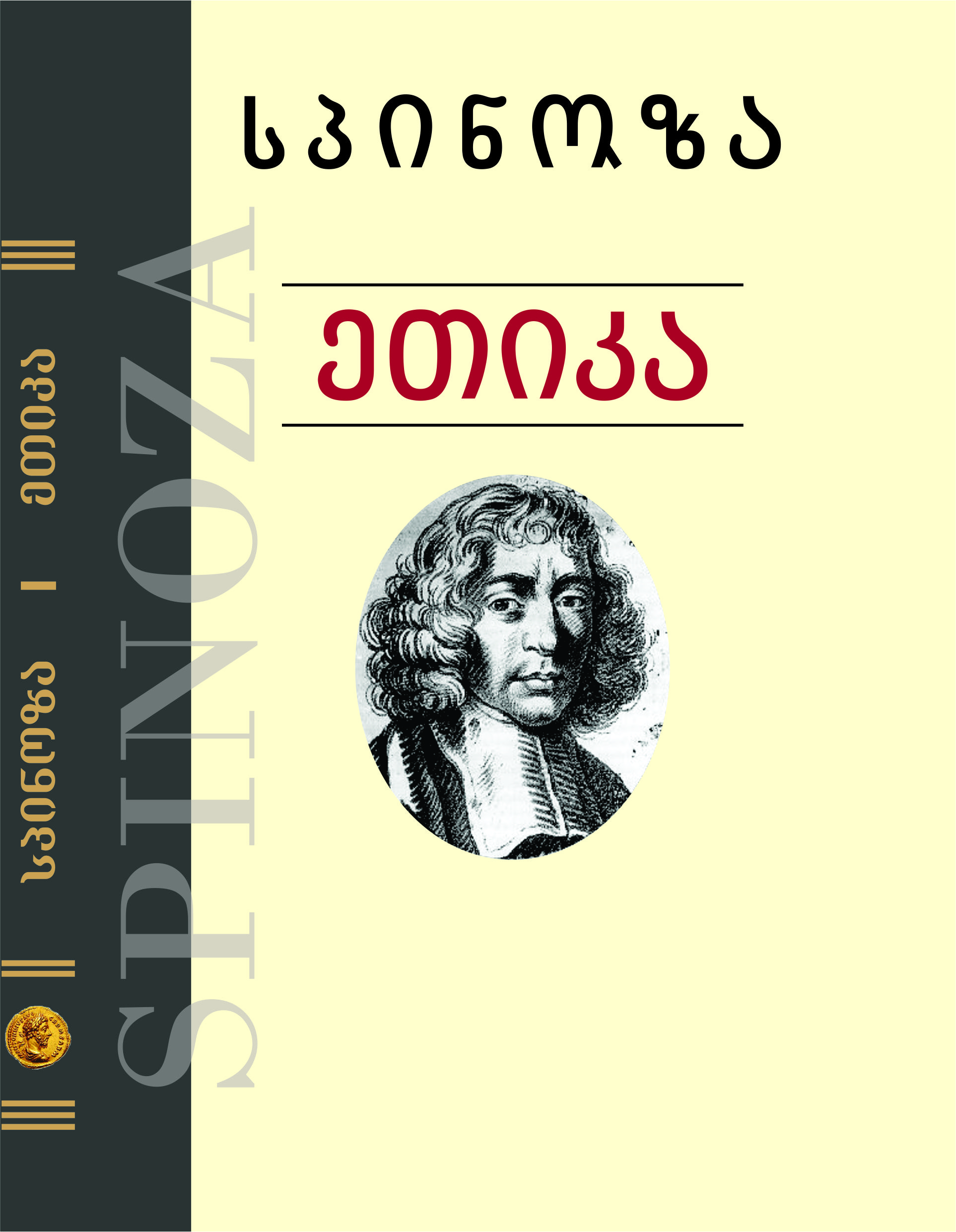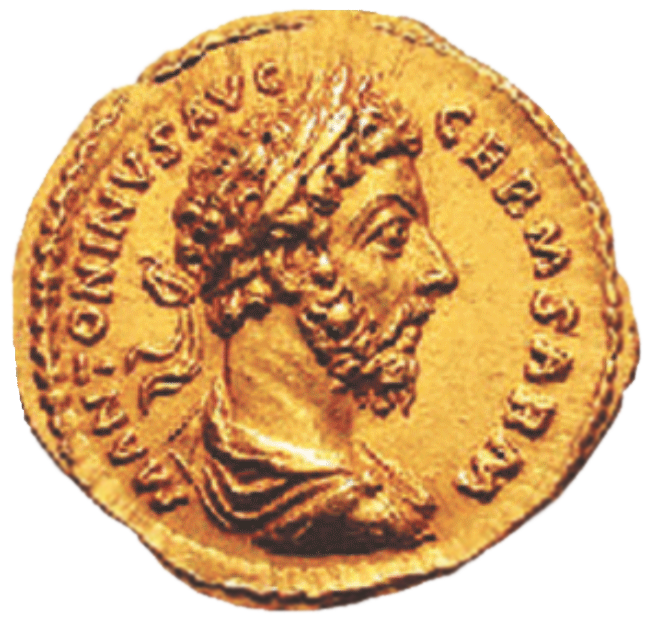-
-
Write us
Books

Author: Martin Heidegger
What is Metaphysics
In his inaugural lecture given at Freiburg University in 1929 – What is Metaphysics? – Heidegger comprehensively considers the topic of Nothingness. He endeavours to re-actualise the understanding of Nothingness. This re-actualisation is based on three main pillars: (1) Nothingness is not the idea of intellect or some ontological continuation of the property of the intellect – negation; (2) Nothingness is not something aloof with which we are not connected; (3) This connection is provided by the existential mood of Anxiety (Angst).
Heidegger opposes the positivist idea that Nothingness is just an abstract continuation of negation – the function of the intellect. On the contrary, Heidegger holds that negation is only possible as it is predicated upon Nothingness. Heidegger opposes the Western philosophical tradition where Nothingness is understood as something aloof, something void, from which – as Parmenides mentioned – nothing can occur. For Heidegger, Nothingness noths (nihilates) – i.e. it, as it were, “pulsates” within the world. Even though it does not have a “thingy” character, Nothingness is “something” that grants timely and limited nature to things. Nothingness guarantees existence with its timeliness, which, in turn, ensures that no socio-cultural matrix can be solid forever and that they are prone to change, degeneration and eventually to death. For Heidegger, however, Nothingness is not the source of “nihilism”.







